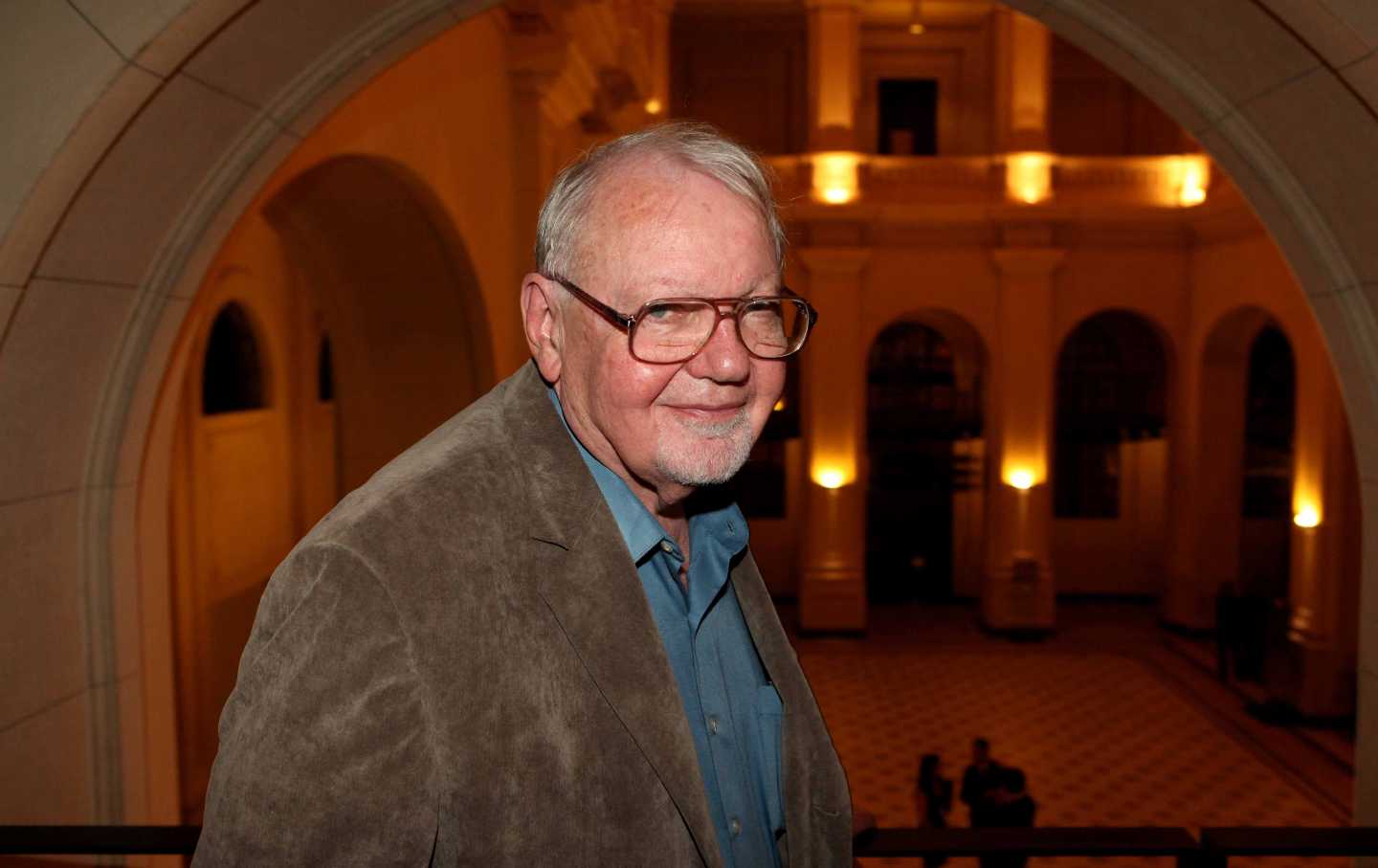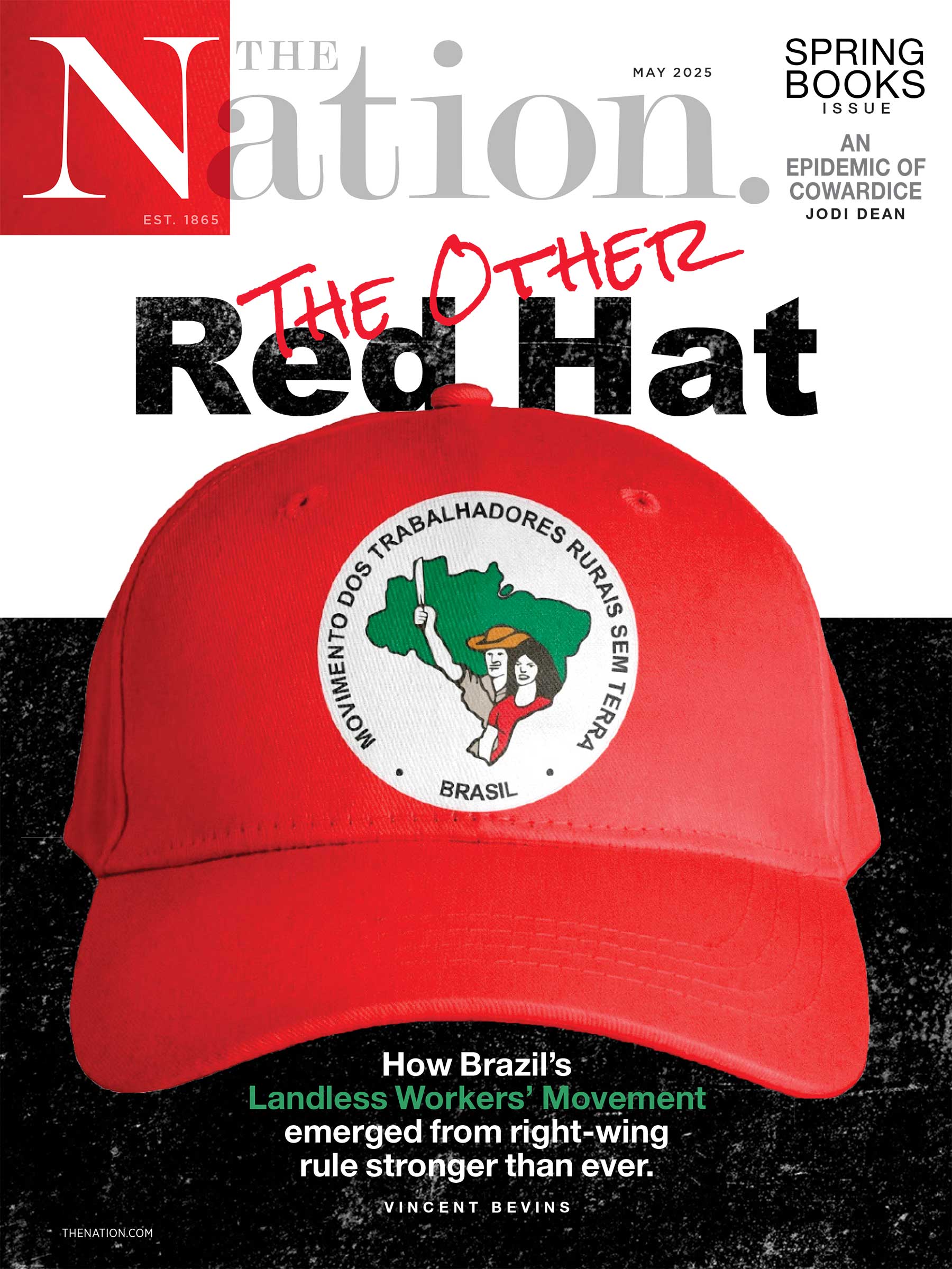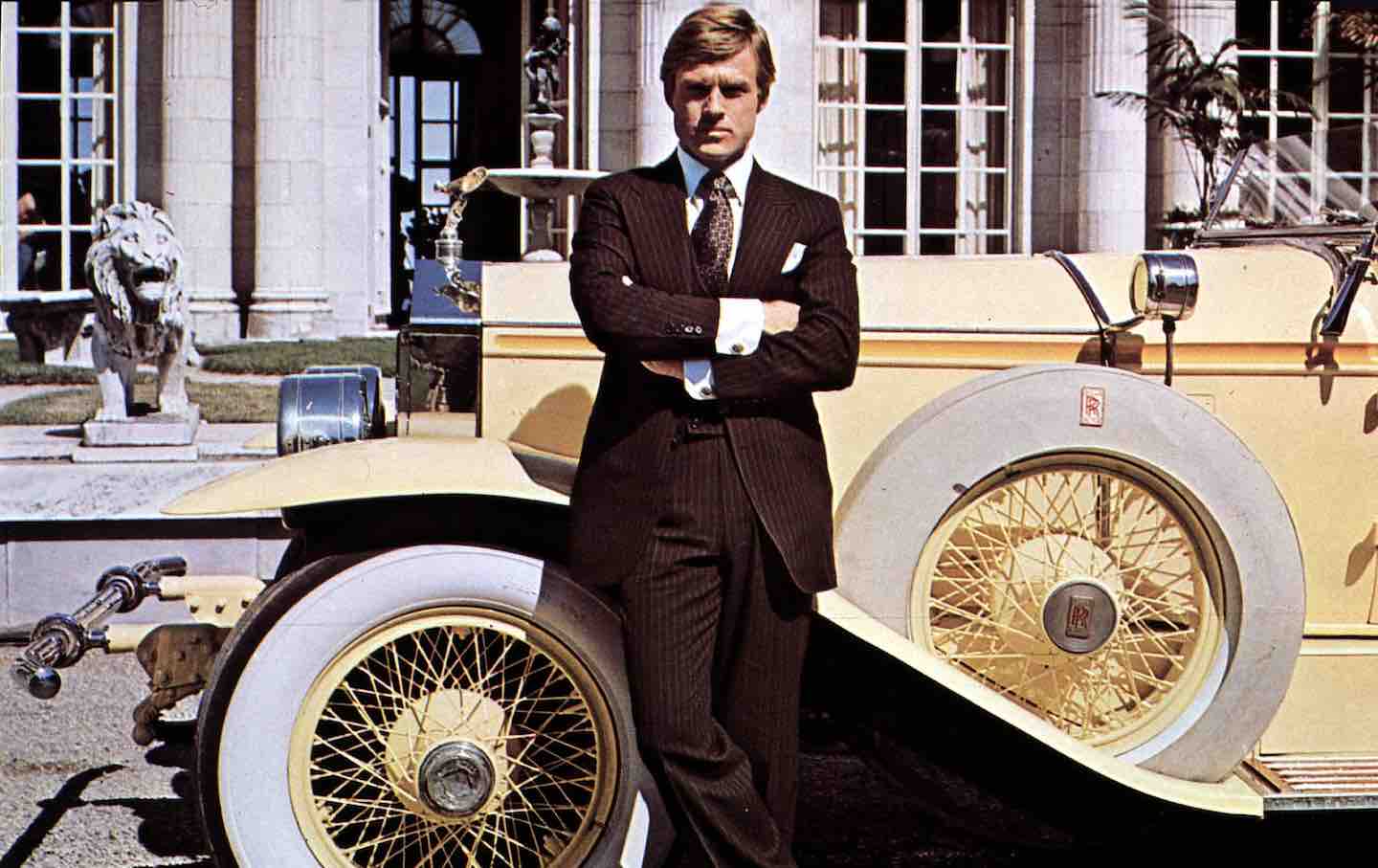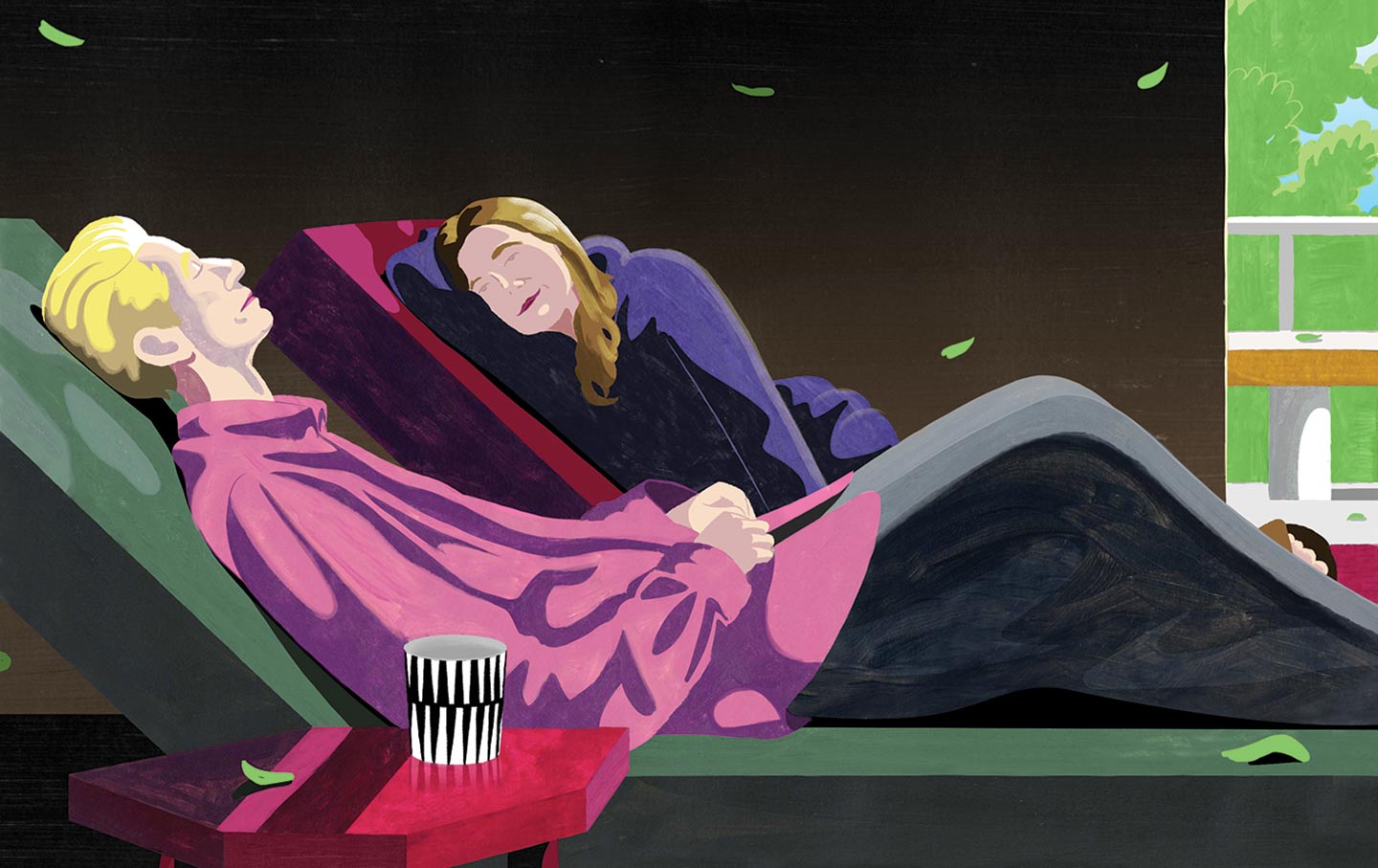
On Sunday, the literary theorist and critic Fredric Jameson—an intellectual titan and one of the torchbearers of Marxist thought through the tenebrous night of neoliberalism—passed away at the age of 90. The outpouring of mourning that followed seemed to unite even the most fractious of intellectual combatants within the broader left. Through screenshots of e-mails, testimonials of generosity, and reflections on seminars, a depiction emerged of a man who not only amassed one of the most impressive bodies of work within his field but who also was, fundamentally, someone who believed in criticism as a discourse, between teacher and pupil, between the work and the public.
Jameson, a literary critic, may not be the first name that comes to mind when considering the field of architecture, but he is perhaps the preeminent critic of postmodernism—an embattled term that spanned whole swaths of cultural production, buildings included. He worked during one of the most transformational periods of architectural production and discourse of the long 20th century, namely, the transition between high modernism and an emerging postmodernism. He carefully dissected this transition in his most well-known work, Postmodernism: or, the Cultural Logic of Late Capitalism (1991), which analyzed the shift across architecture, literature, film, and economics. At the time, there was not yet a consensus on what to call the period of economic development that emerged in the imperial core after World War II, when classical market capitalism began to evolve into a new stage, one defined by consumerism and technocracy. Conservative thinkers such as Daniel Bell called it the “post-industrial society”; Jean Baudrillaud deemed it “the consumer society”; and, following the economist Ernest Mandel, Jameson came to call it “late capitalism” for most of his career. (These days, we have generally come around to the term “neoliberalism.”)
Within art and culture, according to Jameson, these new economic forces, an attempted populist synthesis of high and low art, a penchant for pastiche, an explosion in post-structuralist theory, and a general repudiation of modernism all congealed into a large-scale development called postmodernism. Despite being best known as a literary critic, Jameson pursues architecture with special gusto in Postmodernism simply because, of all the arts, architectural postmodernism was the one most concerned with the total rejection of modernist ideals. Jameson unpacks the faux-populism of proponents of postmodernism like the architect Robert Venturi—who claimed to privilege messy, vernacular buildings over the austere, monochromatic ones produced under dogmatic modernism—by rooting this alleged emancipation of taste in the material economics of its day. His analysis remains relevant in a time when unimaginative, technocratic architects like Thomas Heatherwick and Bjarke Ingels still thrive on the same rhetorical techniques, except in a far more patronizing way than their much cleverer predecessors. But of all the passages in Postmodernism, the one whose prescience haunts me the most is this:
If the ideas of a ruling class were once the dominant (or hegemonic) ideology of bourgeois society, the advanced capitalist countries today are now a field of stylistic and discursive heterogeneity without a norm. Faceless masters continue to inflect the economic strategies which constrain our existences, but they no longer need to impose their speech (or are henceforth unable to); and the postliteracy of the late capitalist world reflects not only the absence of any great collective project, but also the unavailability of the older national language itself….
For with the collapse of the high-modernist ideology of style…the producers of culture have nowhere to turn but the past: the imitation of dead styles, speech through all the masks and voices stored up in the imaginary museum of a now-global culture.
He was a thinker of vast scope. In reading his essays, one wonders how it was even possible for someone to have read so much material across so many different fields. Yet, despite pulling from so many sources—film, philosophy, literature, architecture, art—he never did so in a way that narrowed his audience. On the contrary, he often expanded it. There is a reason his work is perhaps the most beloved of all his contemporaries by autodidacts. He believed fundamentally in the intelligence of the reader and understood that the readers of his work may not be as well-acquainted with certain terms or thinkers from outside his core field of literary studies, so he filled his essays with brisk, accessible summaries, helpful footnotes, or short tangents that solidified his own purpose in using such references.
I started reading Jameson in my sophomore year of music school, which is a very specialized, almost trade-like field of study. While I was familiar with some important critics and thinkers, namely the Frankfurt School, which had an outsize influence on music, through Jameson I gained access to many texts and cultural artifacts I would have never heard about otherwise, simply because he included me, the reader, in his writing. He introduced me to texts by Barthes, Eco, Lacan, Deleuze, Foucault, and more, simply because he bothered to take that small amount of time to introduce their ideas.
Despite his reputation as an academic writer, Jameson was equally erudite, sprawling, concise, chatty, conversational, witty, and even funny. He would always use this lecture-like technique, which I imitate a lot, of introducing some concepts or texts at the beginning of the essay and then sticking a pin in them, trusting the reader to hold that thought—it’ll come back, often like a magic key, later. He always took the reader on a journey with him, and when you conclude a Jameson essay, you often experience a distinct sense of being unable to look at something the same again. (And also of wanting to stop by the nearest bookstore.) Furthermore, at a time when the left was fractured by the world-historical developments of the latter half of the 20th century, he never shied away from exploring heterodox strains of thought, whether Gramsci, Lefebvre, or Althusser, or ideas as diverse as Spanish autonomous communities and Yugoslav self-management.
Above all, he was a dialectical critic, and his adage of “always historicize” was potent at a time when people believed history itself to be over. He juxtaposed ideas with their opposites to illuminate how they came to be within the impossible situation of their historical moment. He respected ideas and engaged with them at length, even those it’s obvious he disagreed with. He put competing ideas in dialogue with one another, found the slippages in both, and often emerged with an understanding or reckoning that left them in balance, despite being sometimes irreconcilable.
His 1985 essay “Architecture and the Critique of Ideology” typifies a Jamesonian synthesis. Among Marxist thinkers in architecture, there were conflicting views on what the death of modernism would herald. On the one hand, there were thinkers like Henri Lefebvre who, following Gramsci, believed in the possibilities of “emergence” from within small, potentially utopian cavities that would form in the great mouth of hegemonic capitalism. On the other hand (and this is very much a reduced summary), the theorist Manfredo Tafuri saw architecture as being so inextricably linked with capitalism, so embedded within its ideology and material conditions, that there would never be any possibility to resist within the field; the only way forward was the end of capitalism and the development of a new social order. I was and remain extremely sympathetic to this perspective, pessimistic as it may be. So when I first read Jameson talking about Tafuri, I was on guard. (“Mommy and Daddy are fighting,” I said to a colleague at the time.)
However, Jameson does something interesting by unifying these views under a common theme, that of a “necessary failure” to which these writers must “painfully submit in order to practice dialectical thinking.” He writes:
[D]ialectical history must somehow always involve a vision of Necessity, or, if you prefer, must always tell the story of failure…. dialectical interpretation is always retrospective, always tells the necessity of an event, why it had to happen the way it did, and to do that the event must have already happened, the story must already come to an end.… The restructuring of the history of an art in terms of a series of situations, dilemmas, contradictions, in terms of which individual works, styles, and forms can be seen as so many responses or determinate symbolic acts; this is then a first key feature of dialectical historiography.
The other, of course, is materialism, the acknowledgment that ideologies are not independent, that they are inherent in and shaped by the way human beings fashion, from the stuff of life, material relationships and the productive world. Or, as Marx put it succinctly, “Life is not determined by consciousness, but consciousness by life.” It’s imperative not to lose sight of this during our present time of profound failure—of institutions, of media, of politics as we knew it in the past century, and of technology. Fortunately, Fredric Jameson did the next generation of critics an invaluable service by practicing and perfecting what he preached.
Hold the powerful to account by supporting The Nation
The chaos and cruelty of the Trump administration reaches new lows each week.
Trump’s catastrophic “Liberation Day” has wreaked havoc on the world economy and set up yet another constitutional crisis at home. Plainclothes officers continue to abduct university students off the streets. So-called “enemy aliens” are flown abroad to a mega prison against the orders of the courts. And Signalgate promises to be the first of many incompetence scandals that expose the brutal violence at the core of the American empire.
At a time when elite universities, powerful law firms, and influential media outlets are capitulating to Trump’s intimidation, The Nation is more determined than ever before to hold the powerful to account.
In just the last month, we’ve published reporting on how Trump outsources his mass deportation agenda to other countries, exposed the administration’s appeal to obscure laws to carry out its repressive agenda, and amplified the voices of brave student activists targeted by universities.
We also continue to tell the stories of those who fight back against Trump and Musk, whether on the streets in growing protest movements, in town halls across the country, or in critical state elections—like Wisconsin’s recent state Supreme Court race—that provide a model for resisting Trumpism and prove that Musk can’t buy our democracy.
This is the journalism that matters in 2025. But we can’t do this without you. As a reader-supported publication, we rely on the support of generous donors. Please, help make our essential independent journalism possible with a donation today.
In solidarity,
The Editors
The Nation








